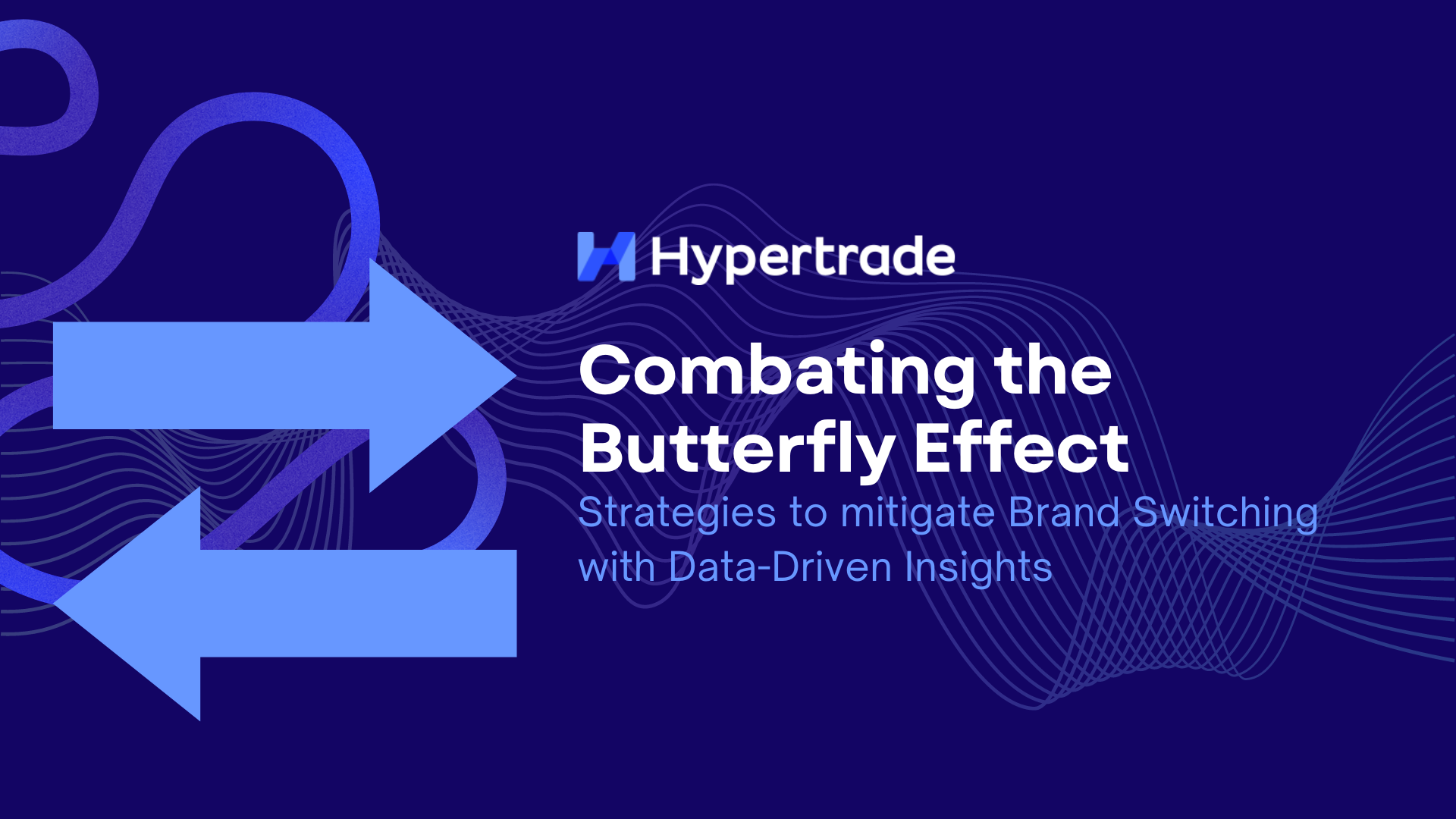In today’s dynamic market landscape, consumer loyalty is a precious commodity. Faced with an abundance of choices and ever-evolving preferences, customers are increasingly prone to “brand switching”, presentings a significant challenge for businesses, resulting in lost revenue, hindered growth, and increased marketing costs.
However, brands needn’t be passive observers in the face of this shifting loyalty landscape. By leveraging data-driven insights and implementing strategic initiatives, businesses can effectively combat brand switching and foster long-term customer relationships.
This article explores various strategies brands can utilize to understand and minimize brand switching, drawing on capabilities of Customer Relationship Management (CRM) software like Ulys Customer Intelligence SaaS Software.
Harnessing the Power of POS Data
Traditional methods of understanding customer behavior often rely on surveys and focus groups, which can be time-consuming, subjective, and offer limited data points. In contrast, Point-of-Sale (POS) data provides a treasure trove of objective, real-time information on customer purchasing habits. By analyzing past purchase histories, brands can identify:
- Customers who haven’t bought from them recently or
- Customer who left and started purchasing competing products.
- Proactive engagement actions, enabling brands to reaching out to these at risk customers, at the right time, with personalized offers and incentives to entice them back.
Solutions like Ulys Customer Intelligence SaaS Software can analyze and interpret this data to identify patterns and trends in brand switching behavior.
Targeted Campaigns Based on Behavior
One-size-fits-all marketing campaigns are no longer effective in today’s diverse and segmented market. Understanding the “why” behind brand switching is crucial to crafting targeted campaigns that resonate with specific customer segments.
By analyzing POS data alongside customer demographics, purchase history, and product preferences, Ulys Customer Intelligence SaaS Software can uncover underlying factors influencing customer behavior. .
For example, particular customer segment may switch brands due to concerns about
- Product Quality
- Price Changes
- Competitor Promotional Offers
Armed with such insights, brands can tailor their messaging and offers to address specific concerns traditional customer surveys may not uncover and encourage greater loyalty.
Beyond Panels: Data-Driven Insights for Understanding Switching Behavior
While customer panels provide valuable information, they are often challenged in granularity of insights due to sample size limitations. By leveraging data analytics from POS systems, Ulys Customer Intelligence SaaS Software can offer a more in depth comprehensive and unbiased perspective on brand switching behavior, down to SKU level.
This data-driven approach allows brands to identify patterns and trends that may be missed through traditional methods, such as:
- Seasonal fluctuations: Certain times of the year or specific events may trigger an increase in brand switching. Identifying these patterns allows brands to anticipate and proactively address potential customer churn during these periods. For example, in Western markets premiumisation occurs in many categories at Christmas, as shoppers trade up to celebrate the special occasion with loved ones. This is especially true in Soft Drinks.
- Product category impact: Analyzing switching behavior across different product categories can reveal specific areas where brands might be losing ground to competitors. This insight can be instrumental in product development and improvement strategies.
- Regional variations: Customer demographics and preferences can vary significantly across different regions. Utilizing POS data allows brands to tailor their strategies and messaging to cater to the specific needs and preferences of their regional customer base.
Quantifying the Cost of Churn
Understanding the financial impact of brand switching is crucial for effective resource allocation. Ulys Customer Intelligence SaaS Software can help brands calculate the Customer Lifetime Value (CLV) – the total revenue a customer is expected to generate over their relationship with the brand. This, coupled with the analysis of switching patterns, allows brands to quantify the cost of winning or losing customers to via brand switching.
With a clear understanding of the financial implications, brands can allocate resources efficiently, prioritizing strategic initiatives and marketing campaigns that offer the highest potential return on investment (ROI) in terms of customer retention.
Beyond the Mentioned Strategies
The fight against brand switching requires a holistic approach that extends beyond the strategies mentioned above. Here are some additional considerations:
- Building Emotional Connection: Foster deeper customer relationships by building an emotional connection with your brand. This can be achieved through personalized communication, exceptional customer service, and a commitment to social responsibility.
- Investing in Customer Experience: Prioritize creating a seamless and positive customer experience across all touchpoints, from online interaction to physical stores.
- Continuous Improvement: Regularly gather feedback from customers and employees to identify areas for improvement and adapt your strategies accordingly.
- Data Security and Privacy: Ensure compliance with data privacy regulations and implement robust security measures to protect customer information.
Conclusion
In conclusion, brand switching presents a significant challenge for businesses in today’s competitive market. However, by leveraging data-driven insights from solutions like Ulys Customer Intelligence SaaS Software, brands can gain a deeper understanding of customer behavior, identify the triggers for brand switching, and implement targeted strategies to foster loyalty and mitigate customer churn.







